IPS-Level Display Laptop: What Does It Really Mean? Is it TN?
If you are looking for a laptop, it is very possible that you have found one that offers an IPS-Level screen, this being a rather strange concept. And it is that this way of writing “IPS-Level” instead of IPS directly raises many suspicions. If the mark indicates that the screen is “at the level of an IPS”, then which panel is it? Could the term IPS-Level cover up a much lower quality TN screen ? Let’s analyze it.
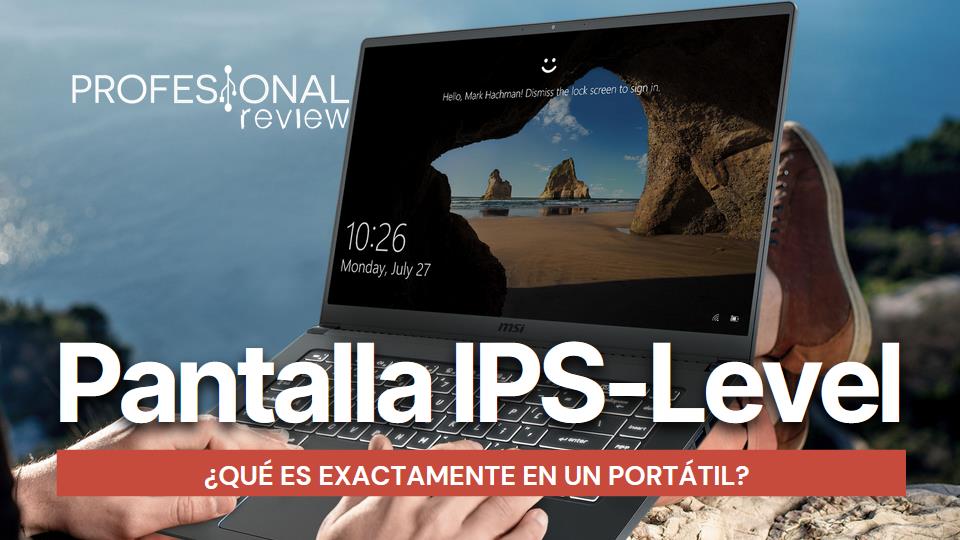
Index of contents
Are they using IPS-Level to hide a TN panel?
As we say, suspecting such a denomination is something totally reasonable. At the end of the day, there seems to be no reason for a manufacturer to hide an IPS panel, why are they going to confuse the concept talking about IPS-Level? On the other hand, there would be reasons to hide a TN, and a sufficiently “tricky” manufacturer could hide a TN panel by giving it such a name.
In fact, one of the most recurrent theses in the forums is that the concept of IPS-Level corresponds to TN panels of higher quality than normal (remember, there are very bad TN and acceptable TN), but at the moment of truth either If you have an “IPS-Level” notebook, you will know that this is not the case. In fact, it is very easy to show that, fortunately, an IPS-Level notebook has nothing to do with the TN.
Saying a laptop is IPS-Level is just a trademark question
At the moment of truth, the fact that the notebooks use the IPS-Level designation only seems to have to do with a legal question. And it is that IPS (In-plane switching) is a registered trademark. By whom?
 It is often said that IPS is trademarked by “LG and Philips”, but in reality we are talking about LG Display, which is, along with Samsung, the real heavyweight in the manufacture of LCD panels. Until a few years ago, this company was called “LG.Philips LCD” , because the company was created jointly with the Dutch Philips, but the latter significantly reduced its shareholding.
It is often said that IPS is trademarked by “LG and Philips”, but in reality we are talking about LG Display, which is, along with Samsung, the real heavyweight in the manufacture of LCD panels. Until a few years ago, this company was called “LG.Philips LCD” , because the company was created jointly with the Dutch Philips, but the latter significantly reduced its shareholding.
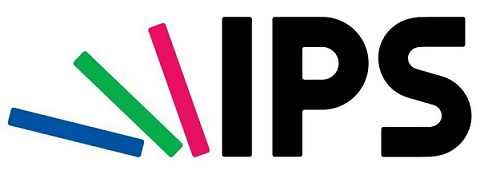
 Now, is IPS really your brand? Yes, totally. As we can see, there are several registrations in the US trademark office referring to In Plane Switching or IPS, with a logo that clearly highlights the acronym, and that is effectively owned by LG Display Co.
Now, is IPS really your brand? Yes, totally. As we can see, there are several registrations in the US trademark office referring to In Plane Switching or IPS, with a logo that clearly highlights the acronym, and that is effectively owned by LG Display Co.
So, a priori it seems that a laptop with a panel manufactured by a company other than LG could not use this name, since it is registered. We do not mean that the panel is made by ASUS, Acer, HP or MSI, but that there are many other panel manufacturers that, however unknown, take a good part of the cake in notebooks.
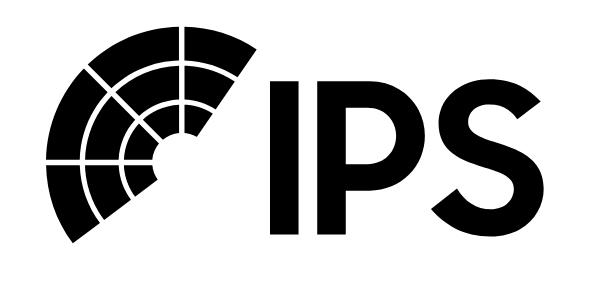
But here’s the funny thing: Samsung has also registered the IPS trademark, for use on its own products, with a special logo. If we have the two big panel manufacturers using IPS, why are the other brands looking for alternative names?
Besides Samsung, we have another case where the IPS brand is used without any problem. This is the case of JDI or Japan Display, which even makes use of the logo registered by LG. Come on, they have paid for it, without further ado.
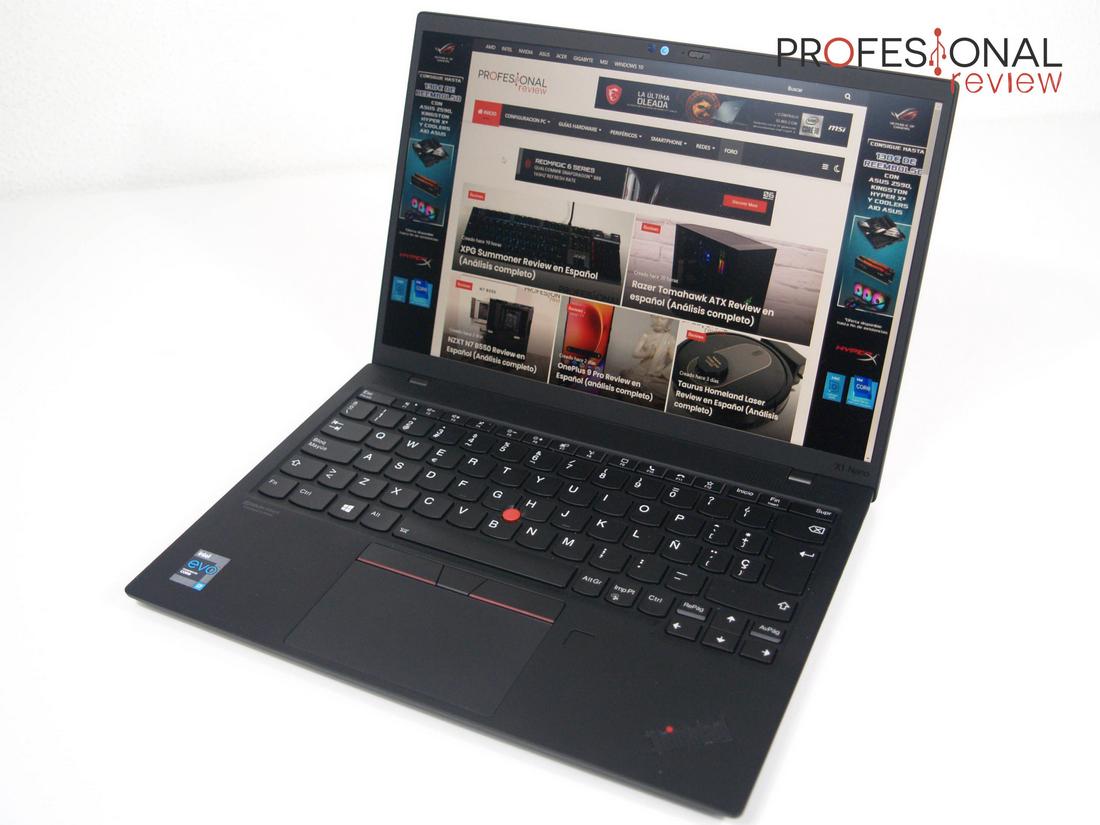 To all this we must add the fact that these two registered trademarks do not seem to exclude the use of the name IPS or In Plane Switching by third parties, but rather what are being registered are the graphic elements. We say this because the complete mark appears in a clause used to indicate those words that are not for exclusive use.
To all this we must add the fact that these two registered trademarks do not seem to exclude the use of the name IPS or In Plane Switching by third parties, but rather what are being registered are the graphic elements. We say this because the complete mark appears in a clause used to indicate those words that are not for exclusive use.
In other words, in a brand like “Starbucks Coffee”, the word “coffee” would appear in this clause. In the case of the IPS from LG and Samsung, the entire brand appears.
In fact, this has an explanation at the legal level, which is the concept of vulgarization of the brand. It is incredibly easy to explain: there are brands, such as Kleenex, that become part of the collective imagination in such a way that, when they are referred to in popular speech, it refers to any product or brand equivalent to the one that was initially protected.
That we go from “ordering a handkerchief” to “ordering a tissue”, referring to any brand of handkerchiefs, is a vulgarization of the brand. The same could be said for all variants of the IPS panel.
Knowing all this, let’s go back to the previous question. Why abandon the IPS brand and use the IPS-Level, if it seems that it would be perfectly legal? There are two possible reasons that explain it:
- To cover their backs. It is possible that our interpretation of the status of the trademark in the USA is incorrect, or that in other countries it is registered more strictly. In any case, it seems a good idea to try to avoid some legal trouble.
- Because, after all, IPSLevel is a more accurate naming than IPS. That is, we are talking about panels that are totally equivalent to IPS, but they are really different variants. Thus, saying IPSLevel is accurate: you are at the IPS level, and that’s it!
Let’s now see what are the different variants of the In Plane Switching panels that we can find on the market, and which are their manufacturers.
These are all the variants of IPS and its denomination as IPS-Level
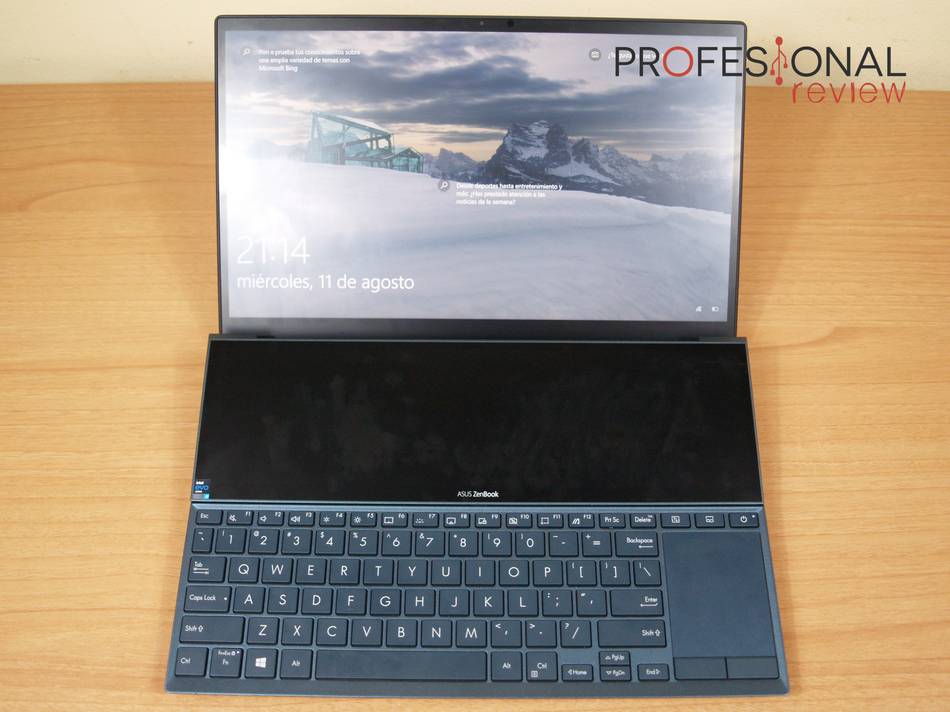 Let’s start talking about AHVA, since it is a registered trademark, and in this case the manufacturer is AU Optronics or AUO. This is probably one of the largest manufacturers of laptop panels, it is a market in which they have a great presence for many years, and they offer panels of all characteristics and qualities.
Let’s start talking about AHVA, since it is a registered trademark, and in this case the manufacturer is AU Optronics or AUO. This is probably one of the largest manufacturers of laptop panels, it is a market in which they have a great presence for many years, and they offer panels of all characteristics and qualities.
Well, AHVA (Advanced Hyper View Angle) is perfectly equivalent to IPS. There is no more, we are facing a variant of this type of panel, where the great differences will be marked by the characteristics of each specific panel, and not the type itself.
Let’s keep going. Innolux offers the AAS, or Azimuthal Anchoring Switch panels. As we can see, the manufacturers manage a lot to give a name to their variant of In-Plane Switching, but for us it must remain a mere curiosity.
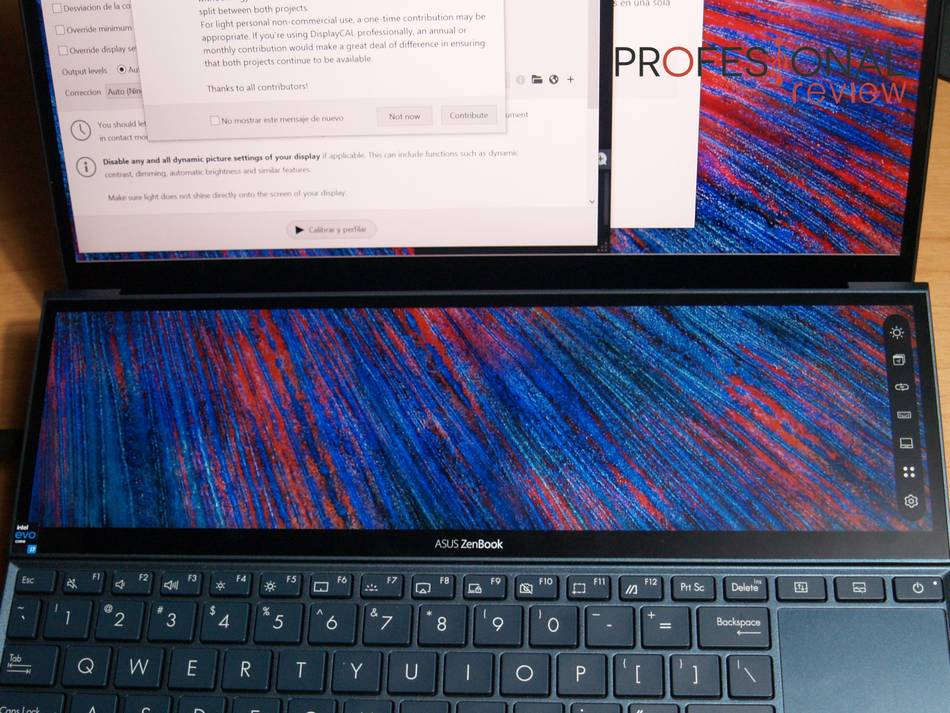 BOE is another of the great manufacturers of quality LCD panels. This Chinese company offers the ADS, or Advanced Dimension Switch, as its equivalent. Again, it seems that companies first look for which acronyms to put, as similar as possible, and then they will come up with their meaning.
BOE is another of the great manufacturers of quality LCD panels. This Chinese company offers the ADS, or Advanced Dimension Switch, as its equivalent. Again, it seems that companies first look for which acronyms to put, as similar as possible, and then they will come up with their meaning.
From Japan we have the FFS, and no, it does not correspond to any foul expression in English, but to Fringe Field Switching. It was developed by Hydis Technologies (from Hyundai Electronics) and licensed to Hitachi’s LCD division .
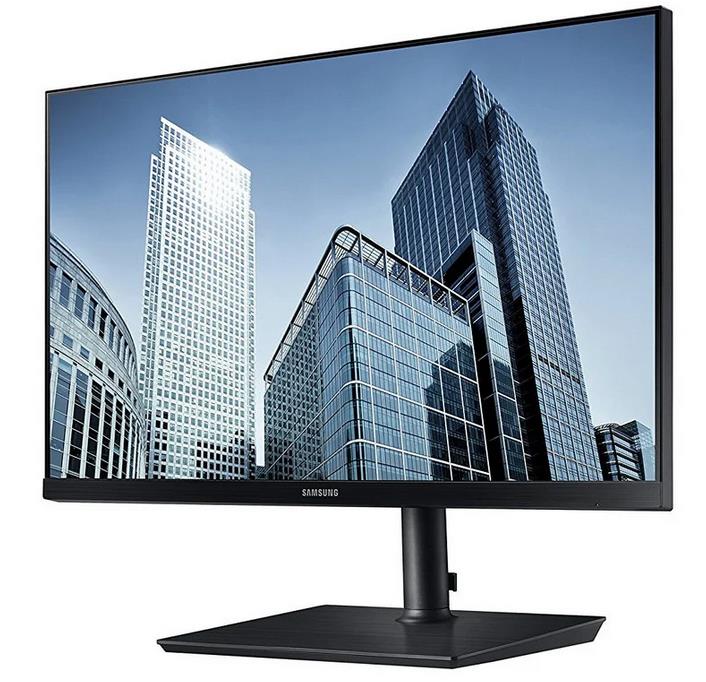 We continue with Sharp New Mode2 (it seems that they chose it accidentally), SFT (Super Fine TFT, from NEC or Tianma), Samsung PLS (this variant was very famous in monitors, but now it seems that it is used less) or “Vistarich” from Sanyo / Epson. This entire list comes from an excellent Reddit post .
We continue with Sharp New Mode2 (it seems that they chose it accidentally), SFT (Super Fine TFT, from NEC or Tianma), Samsung PLS (this variant was very famous in monitors, but now it seems that it is used less) or “Vistarich” from Sanyo / Epson. This entire list comes from an excellent Reddit post .
We have to emphasize that, in all cases, we are talking about panels that try to offer added value over the IPS. It may be to improve contrast, brightness, color depth, response time … The point is that it is not worth stopping to think about the differences of each specific technology, since what really matters is the quality itself.
It is useless to think about how an AHVA and an IPS differ if we then compare a low-end AHVA and a high-end IPS. We must focus on the values offered by each laptop, which we can consult in reviews. At most, see the technical specifications of each specific panel on sites like PanelLook. In any case, whether it is IPS or IPS-Level we are already served!
Examples of laptops with IPS-Level panels. Let’s show that they are of quality
After doing this explanation, we are going to see some real examples of laptops advertised with IPS-Level panels. The idea is to use one or two models of different brands, to give a complete demonstration of the matter.
The two brands that bet the most on this name are ASUS and MSI. In all cases, the use of IPS panels has been proven.
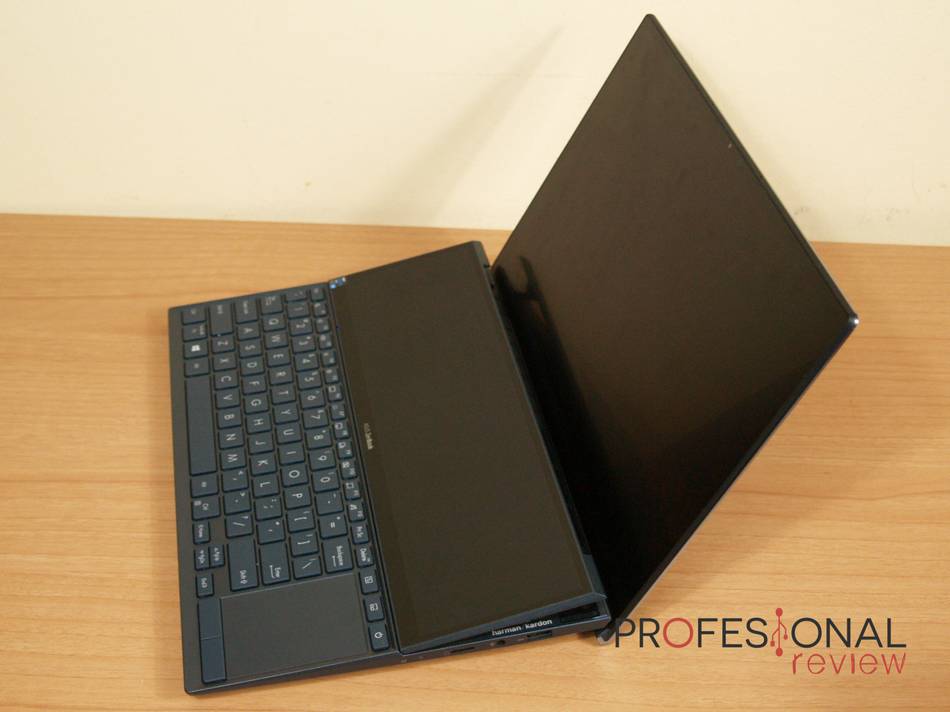
For example, in our recent review of the ASUS ZenBook Duo , a team with two displays advertised as IPS-Level, we could see that the main panel was an AU Optronics B140HAN06.B , although the model may correspond to BOE or Innolux. The point is that it uses an AHVA panel, that is, IPS.
In the case of the secondary panel, it is a BOE NV126B5M-N42 , and again we have an IPS because we find that it is an ADS.
In addition, the main panel of the Zenbook Duo is very high-end, while the secondary one is entry-level. A perfect demonstration that what matters is what each panel gives.
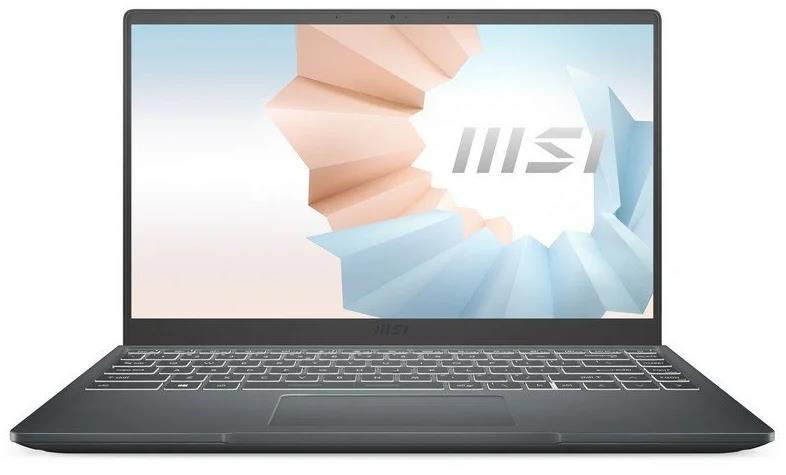 Let’s now look at a case with MSI. We can mention the recent MSI Modern 14 B11SB , which also announces an IPS-Level panel, and if we look at the NotebookCheck analysis we see that the panel used is a BOE NV140FHM-N4V with, surprise, ADS, that is, IPS.
Let’s now look at a case with MSI. We can mention the recent MSI Modern 14 B11SB , which also announces an IPS-Level panel, and if we look at the NotebookCheck analysis we see that the panel used is a BOE NV140FHM-N4V with, surprise, ADS, that is, IPS.
Why hide the type of panel used?
It must be remembered that there are manufacturers that go beyond the IPS-Level denomination and bet on even more confusing names, such as UWVA . We even see how MSI is simply ditching any denomination. Why do this, if more and more people are searching for IPS notebooks conscientiously?
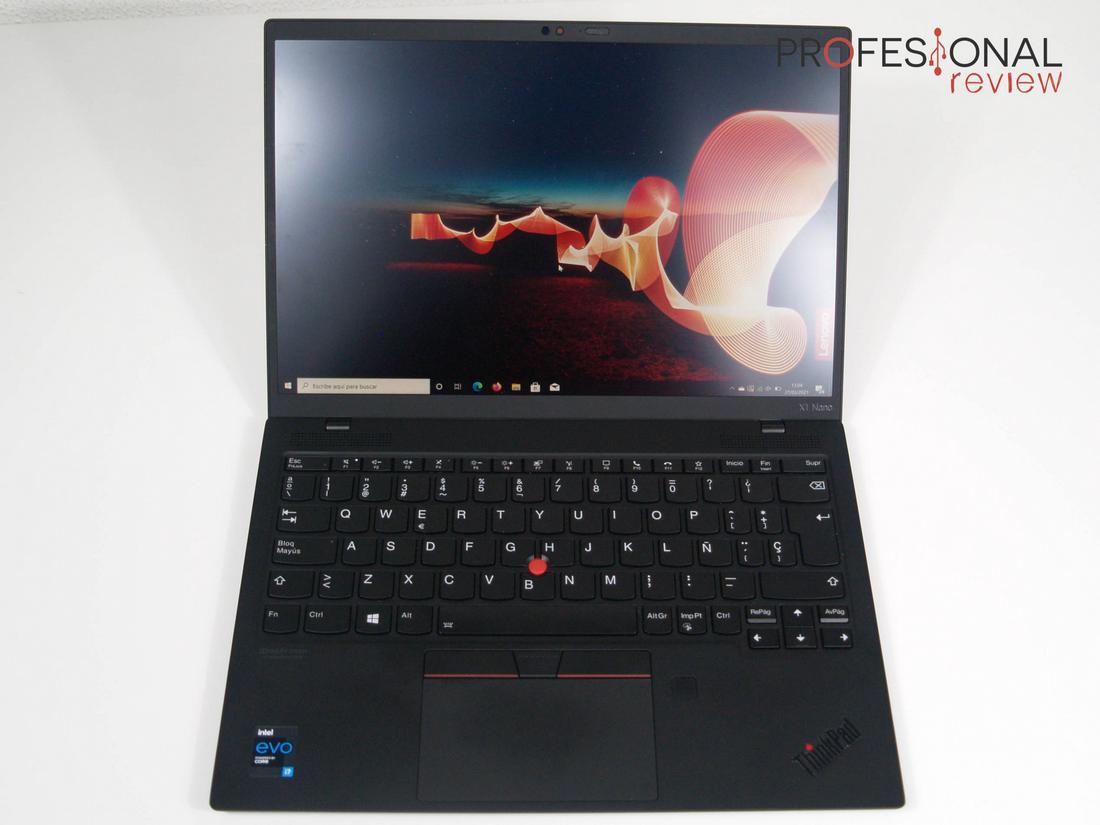 Really, there doesn’t seem to be a clear answer to this question. What we can talk about is an immense relief to see that manufacturers are actually using quality IPS panels in their laptops, and that these names such as IPS-Level or UWVA are completely harmless. This is extremely relevant at a time of the IPS notebook boom, as TNs are being ditched on even the cheapest models.
Really, there doesn’t seem to be a clear answer to this question. What we can talk about is an immense relief to see that manufacturers are actually using quality IPS panels in their laptops, and that these names such as IPS-Level or UWVA are completely harmless. This is extremely relevant at a time of the IPS notebook boom, as TNs are being ditched on even the cheapest models.
It is also a good opportunity to remind you that VA displays are not used in notebooks. So names like AHVA or UWVA are IPS, and others like SVA screens are TN.
In any case, everything indicates that the marketing teams of the companies that have chosen “UWVA” have not been very successful, and that those that use “IPS-Level” have tried to get as close as possible to the original term. Remember, however, how brands like Apple use terms like “Retina”, “Liquid Retina” or “Super Retina”, instead of referring to the real terms.
Final words and conclusion: good news with the IPS-Level
 Seeing the IPS-level designation on a laptop is quite common. You may think that these are TN panels, but fortunately this is not the case at all. It’s about IPS panels!
Seeing the IPS-level designation on a laptop is quite common. You may think that these are TN panels, but fortunately this is not the case at all. It’s about IPS panels!
The only difference is that they are not manufactured by LG, which has the trademark on its hands. Consequently, many manufacturers have decided to switch to alternative names such as ‘IPS-Level’ or ‘ UWVA ‘.
In fact, panel manufacturers like AUO or BOE do not sell IPS panels, but variants with a different name. These are perfectly equivalent to IPS, and in some cases they get even better panels. That is why we consider them IPS without any distinction.
Specifically, these are the names that some panel manufacturers give their IPS:
- AU Optronics: AHVA
- Innolux: AAS
- BOE: ADS
- Hydis Technologies / Hitachi: FFS
- Sharp: New Mode2
- NEC / Tianma: SFT
- Samsung: PLS
We recommend reading our articles:
- How to maintain a laptop
- Can I expand the graphics card of my laptop?
- What is QLED? Samsung’s proposal for pure blacks on your TV
- OLED panel: concept and characteristics, one of the best panels on the market?
Finally, it is very important to remember that the quality depends on each specific panel, rather than its type. For that reason, we do not pay attention to any of the IPS variants: we focus on the actual imaging characteristics that each panel is capable of giving.
Did you have any doubts about the IPS-Feel concept? We hope it was clear!


